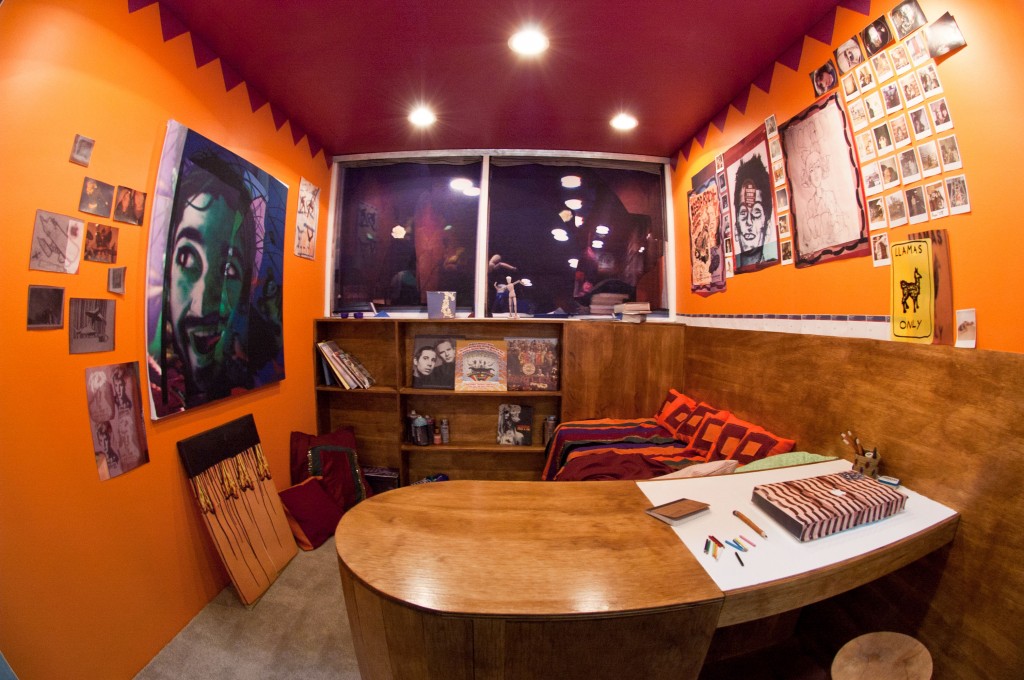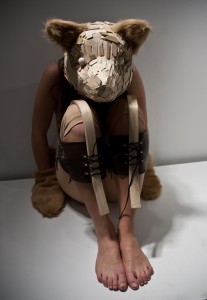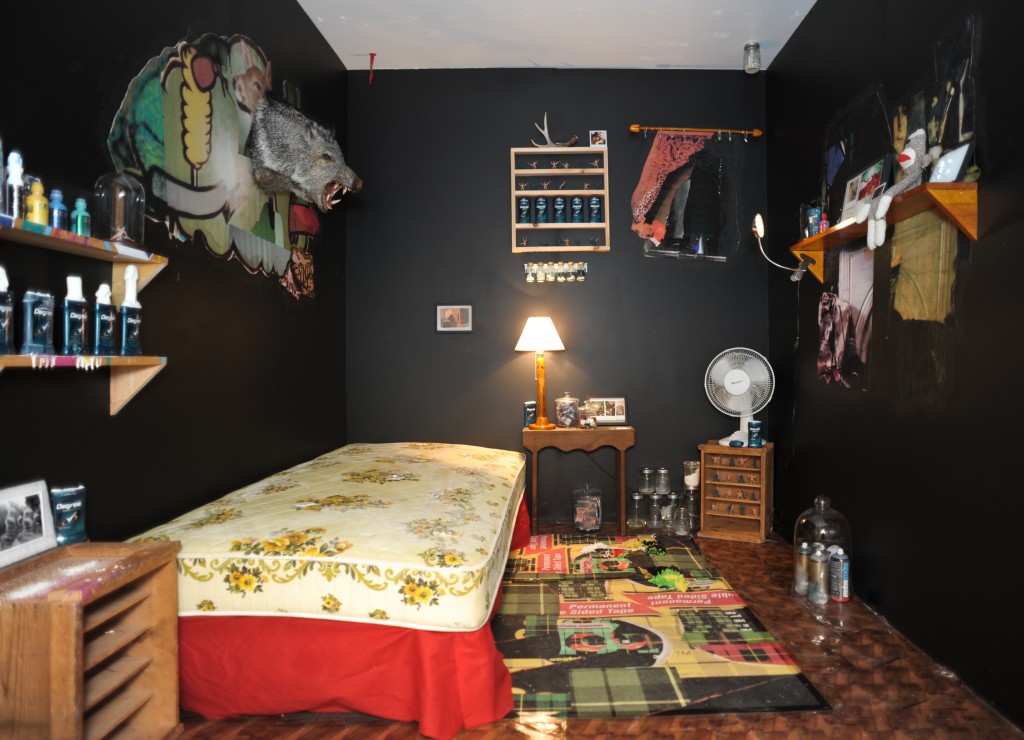This is the twenty-second in a series of interviews with each of the Sondheim Award Semifinalists. Finalists will be announced in mid-April, and will be on exhibit at the Walters Art Museum June 21 to August 17; those not selected as finalists with be exhibited at the Decker, Meyerhoff and Pinkard Galleries at MICA July 17 to August 3, 2014.
Name: Ally Silberkleit
Age: 23
Website: http://www.allysilberkleit.com
Current Location: Baltimore,MD
Hometown: New York, NY
School: Middlebury College
Current favorite artists or artwork: Paul Mccarthy, Urs Fischer, Ragnar Kjartansson, Sally Mann, David Altmejd, Folkert De Jong, Penpón Osorio, Gregory Crewdson, Do-ho Suh, Suntek Chung, Carsten Höller, Charles LeDray
What is your day job? How do you manage balancing work with studio time with your life? I graduated from college this winter, so right now I am trying to take some time and just look at my art making as my day job. However, I do still have to work on the side just to help pay for everything. My time ends up being split pretty evenly between the two, which can be hard since there is not much time for anything else, but coming up with a solid schedule to stick to definitely helps.
How would you describe your work, and your studio practice? My work tends to be big and somehow create or transform a space. A great deal of my work addresses the way we experience memory and tries to recreate that experience in a more tangible form. I often start of by taking my own memories and recreating them in dioramas or rebuilding that particular space. Because of this, a lot of my work ends up in box-like rooms that contain each memory. My studio practice usually involves building or designating a space to fill with a memory and then fabricating the objects to fill it from there. I often start from the outside working in, starting with the bigger objects and finishing with the smaller ones. Photography tends to play a big role in my work so digging through and working with old photographs is an important part of my practice as well.
What part of artmaking do you like or enjoy the most? The least? Seeing the piece come together and having things begin to make more and more sense as I go along is the best part for me. Hearing feedback or getting to watch others experience the work is another great part and a big rush as well. I also just love working with my hands so any part that is really detailed oriented or more hands on than just drilling or making cuts is always great and really therapeutic. The least enjoyable part is taking apart or transporting a piece, as my work often needs to be partially or totally destroyed for it to be moved.
What research do you do for your art practice? Even though my work isn’t really about technology, somehow Facebook ends up being a very important part of my research process. So much of our lives and memories are stored and nicely curated there that I often find myself going through tons of old albums to find images or events that interest me. For example, the piece I am working on now came from realizing that a bedroom of a friend’s was a central location for a large portion of images saved from high school. This generated a great deal of memories, which I am now working with, that took place in that room.
What books have you read lately you would recommend? Movies? Television? Music? It might be cliché to say “Just Kids” by Patti Smith, but honestly, it is beautifully written and just so great and inspiring to get a first hand account of the lives and careers of two incredibly influential artists. Other than that, “The Unbearable Lightness of Being” by Milan Kundera, Brain on Fire, by Susannah Cahalan, and Wild, by Cheryl Strayed are all really captivating books. For Movies, The Act of Killing is an incredibly interesting take on documentaries, where the individuals being interviewed (those responsible for real-life mass murder in Indonesia) are actually asked to recreate and reenact their killings like a movie. I’m not going to lie; in terms of music Beyoncé has really been helping me get through my work and has been blasting on repeat in my studio (#iwokeuplikethis). Other than that, I’ve also been on a big Frank Ocean, Milky Chance, Shaky Graves, and The National, kick.
Do you ever get in creative dry spells, and if so, how do you get out of them? I tend to have the opposite problem where instead of not knowing what to make, I have a hard time deciding how to actually make it or just getting started. The best way I’ve found to get over this though is to always keep a book that has at least 3 ideas for small side projects that I can just easily start working on without having to think too much about it. This usually helps get things going and is a good way to keep up my momentum if I ever get stuck with the larger project I’m working on.
How do you challenge yourself in your work? I’ve been trying to push myself to be much more intentional with my work. I find that it is easy to get really excited about a project and start coming up with all these ideas that might not necessarily make sense with the original idea or all need to be part of the same piece. Sometimes these ideas would actually be best as two or even three totally separate installations. Being more strict about everything from the size of the piece, to the material can be quite challenging but in the end makes for clearer work and helps me identify what I am really trying to get at.
What is your dream project? I have always wanted to have a show that mimics a museum of natural history. It would be filled with different diorama style installation but all of the dioramas would be of dreams and different memories. Instead of taking naturalistic scenes of animals or historical events and presenting them as facts, I would be taking surreal events that never fully happened or aren’t fully remembered and present them in the same way. Many of these installations would also be interactive where the viewer could enter the diorama and go behind the glass or have some performance aspect to it where people were already behind the glass involved in the installation.



